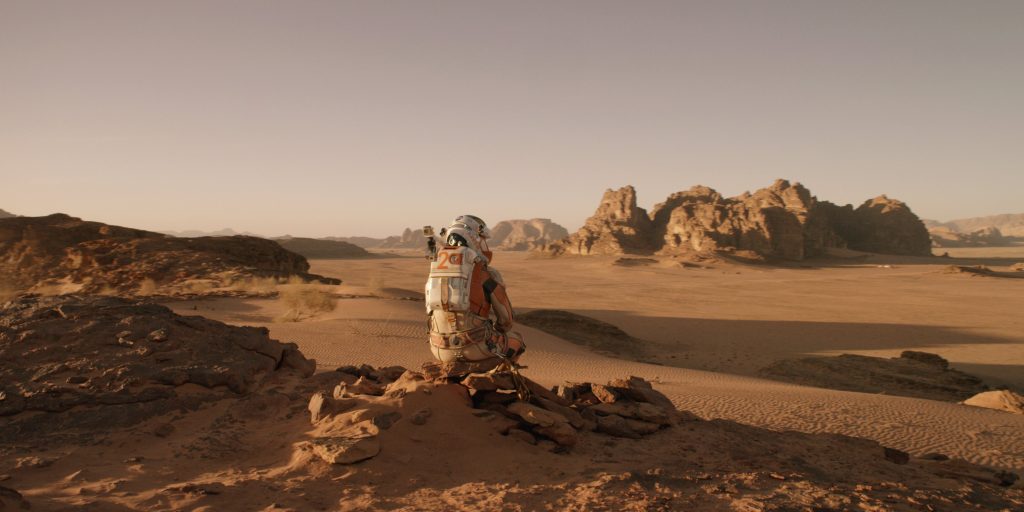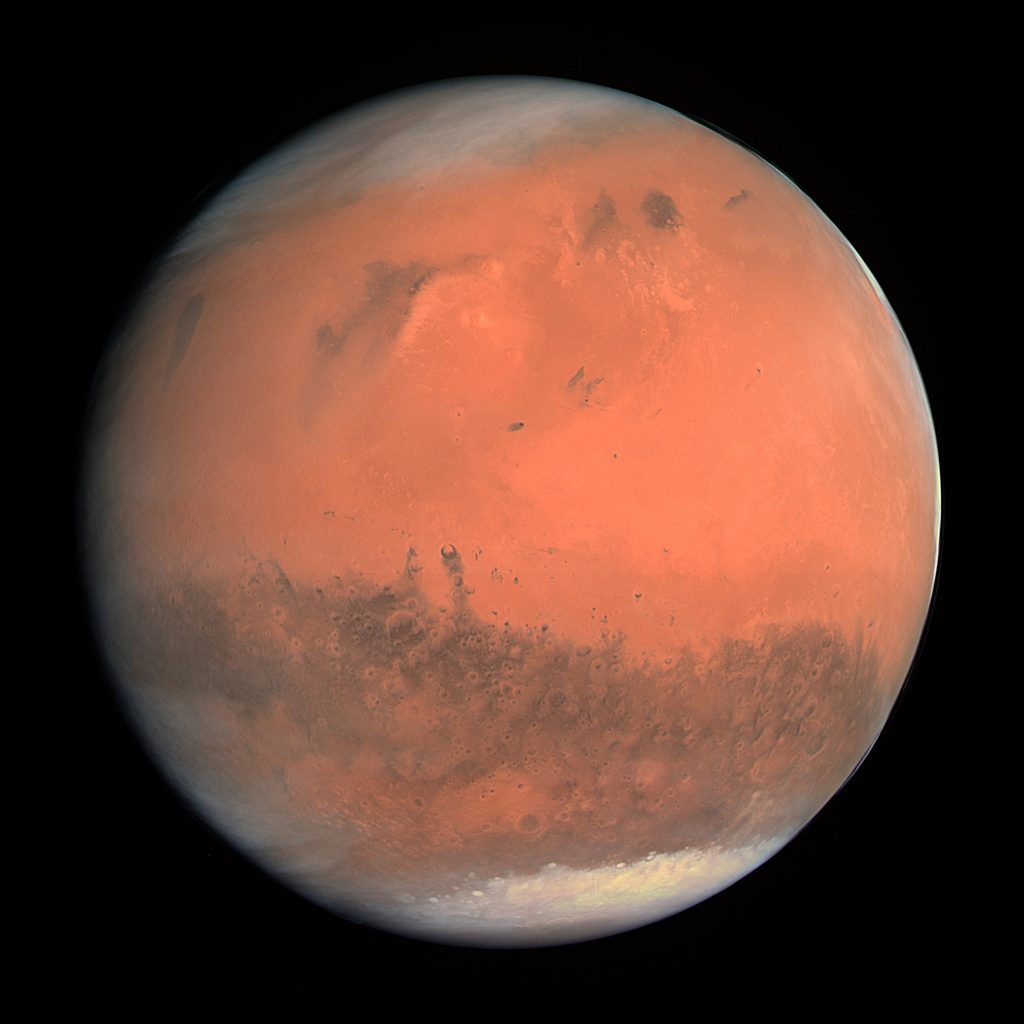For our final unit of science, we have been looking into space and what makes up the universe. The astronomy unit has always been one of the most interesting units to me, and I really enjoy learning about space and how it works. Our main project for this unit was to pick a topic about space and then present about it to the class.
I partnered up with Will and together we researched about space colonization. Many movies like the Martian, Interestellar, and many more major production films have interested me in space and what it might be like to colonize or visit other planets. Space is massive, like really big, with billions of planets, stars and galaxies, there is so much left to discover. It has always interested me that humans have only seen a very small portion of what else the universe has to offer, and in the near future we could learn even more about space. Back to the topic of space colonization, Will and I mainly focused on the possible methods we could use in order to colonize planets. We chose three that we thought would fit best for an explanation about what it is actually like on other planets and if we could legitimately be able to colonize them.
The first planet is the planet Mars. Mars is highly regarded as the first actual planet humans will land on, and scientists are sure that we will able to visit the red planet by at least 2030. Mars can get down to a temperature of -155 C, but what most people don’t know is that it can actually get up to almost 20 C, which is actually a good temperature back here on earth. There is no water on Mars, but there are supposed ice sheets underneath the surface. One thing with mars is that the surface on the ground is fully frozen, which means if man were to colonize it, we would have trouble growing crops and building infrastructure.
The next location is the Moon. The moon has a high of 163 C and a low of 177 C. This happens because it has 13 1/2 days of sunlight and 13 1/2 days of darkness because of the rotation around the Earth. The Moon has a very low gravitational pull, as it has much less mass then any other planet. On the moon, we would weigh almost six times less than what we would on Earth, and we could easily float on the moon. This means we would have to create indoor facilities in order to not always be floating.
The last location is Titan. Titan is a moon that orbits the planet Saturn. Titan is the only known moon or planet other than earth to have solid bodies of water, which is why it would be a good location to colonize. However, Titan is located extremely far away from Earth, and it would take up to six years to reach it.
Colonizing other planets has always been on mankind’s checklist, but our technology gift now is not good enough to actually complete this goal. Scientists and astronomers have developed theories and ideas to eventually bring us to these other planets. The science is nearly there for humanity to get to these locations, and colonization will follow.
To present our work, Will and I created a Keynote presentation, which is a variation of a PowerPoint. The keynote showcased some of the main factors of living on another planet, the possible locations, and some other reasons why space solo inaction is near.
You can check out the full presentation below.
(Keynote)
I really enjoyed learning about Astronomy for our last unit of science. One of the best parts was actually learning about the different topics, like space radiation, creation of stars, and the Big Bang theory. I learned a lot of knowledge from this unit, and now I know much more about the scale of space and the many dangers of it as well. I feel like this project was a good way to end a great year of learning about science.





